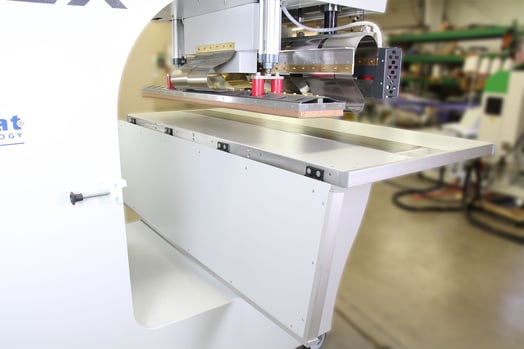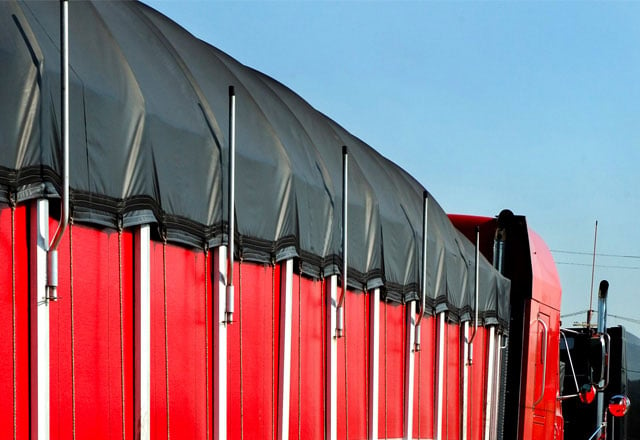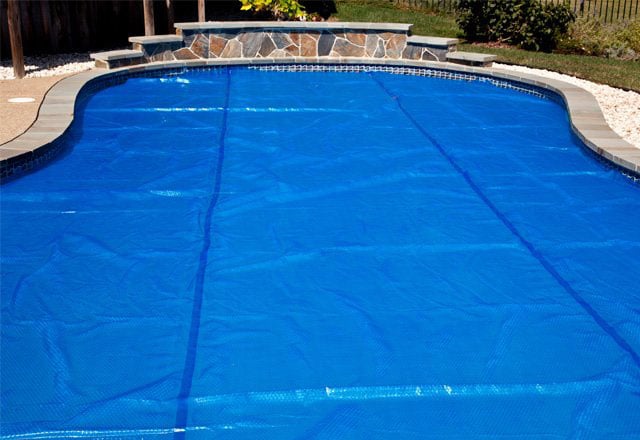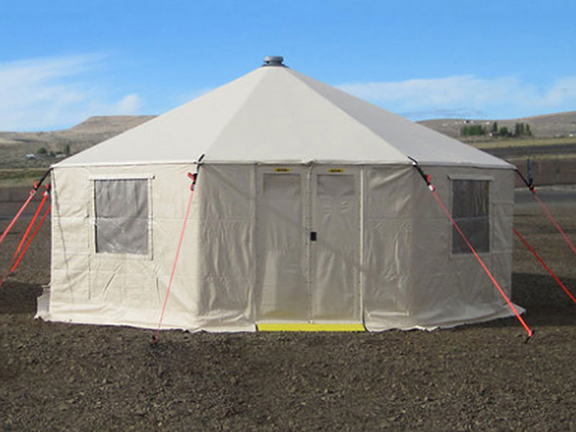High-Frequency Welding, also known as Radio Frequency (RF) Welding, or Dielectric welding, is the process of merging materials together by applying radio frequency energy to the area to be joined. The heating process in RF welding occurs from the inside out, making it a top technique in thermoplastics welding.
Who Uses RF Welding Or High-Frequency Welding Machines?
There is a broad spectrum of products that are manufactured using a High-Frequency Welding Machine or Radio Frequency Welding. Some examples would be tensile structures, tents, swimming pool liners, high-speed rolling doors, oil booms, billboards, and many more. This reflects the versatility and applications of a High-Frequency Welding Machine across various industries.
What Materials Can Be Welded with a High-Frequency Welding Machine?
All thermoplastic materials containing polarized molecules can be processed with a High-Frequency Welding Machine. Polyvinyl Chloride (PVC) and polyurethanes (PU) are the most common thermoplastics to be welded by the RF process. Regardless of thickness, color, pattern, coated vs. uncoated, these materials can be welded with Radio Frequency Welding technology. To determine if your material can be RF welded, consult our RF Weldability Chart.
Where Is RF Welding or High-Frequency Welding Machine Used?
Radio Frequency Welding is employed across a multitude of industries to produce straight and uniquely shaped products. From consistent straight welds like tarpaulins, high-speed rolling doors, and billboards to unique shapes such as oil booms, tent peaks, water tanks, and more. High-Frequency Welding Machines are utilized by many businesses for different seams in their processes, highlighting their widespread use.
When To Choose RF Welding or Radio Frequency Welding?
Selecting the correct sealing technology depends on your material, the product size and configuration, and the production volume needed. Radio Frequency Welding ensures consistent, clean-looking seams without the mess of adhesives or solvent. If you are consistently manufacturing the same product that requires a unique shape weld, Radio Frequency Welding is the ideal technology for you. A High-Frequency Welding Machine also allows you to hit the same area of the weld more than once, where other technologies do not. Send us an example of your product today, and we will recommend how to weld each one of your seams.
Why Choose Radio Frequency Welding?
- It creates airtight and waterproof seams, unlike sewing which involves poking holes into the fabric.
- It can weld the same area more than once with no damage to the fabric using a High-Frequency Welding Machine.
- Specialized dies are made available for intricate welds.
- Creates seams that are stronger than the material itself, making it perfect for diverse manufacturing jobs.
RF Welding or Radio Frequency Welding PVC
PVC is a popular material for Radio Frequency Welding. Its versatility, polar molecular structure, and high dielectric loss qualities make it an excellent material for creating a variety of thermoplastic items needing strong hermetic seals. PVC is processed using a High-Frequency Welding Machine for medical IV and blood bags, surface covers like curtain walls and tarpaulins, recreational equipment, and more.
However, PVC's environmental impact has attracted increasing criticism from environmental organizations and regulatory bodies. As a result, there has been a shift away from its use, and several businesses have begun to reduce PVC in their products.
There are countless industries and applications for Radio Frequency Welding. However, the material plays a significant role in determining whether your product can be RF welded. Using the RF Weldability chart is key to understanding if you can use a High-Frequency Welding Machine for your application. If you want to test your material, feel free to send some in for our team to test!
Is RF Welding or High-Frequency Welding Machine The Right Technology For My Application?
To ensure our customers have the best heat system for their application, it is best to speak with a Miller Weldmaster expert. While hot air, hot wedge, impulse, and RF Welding work for many applications, one may work better than the other depending on the application. Miller Weldmaster will help you select the best technology for your application.





